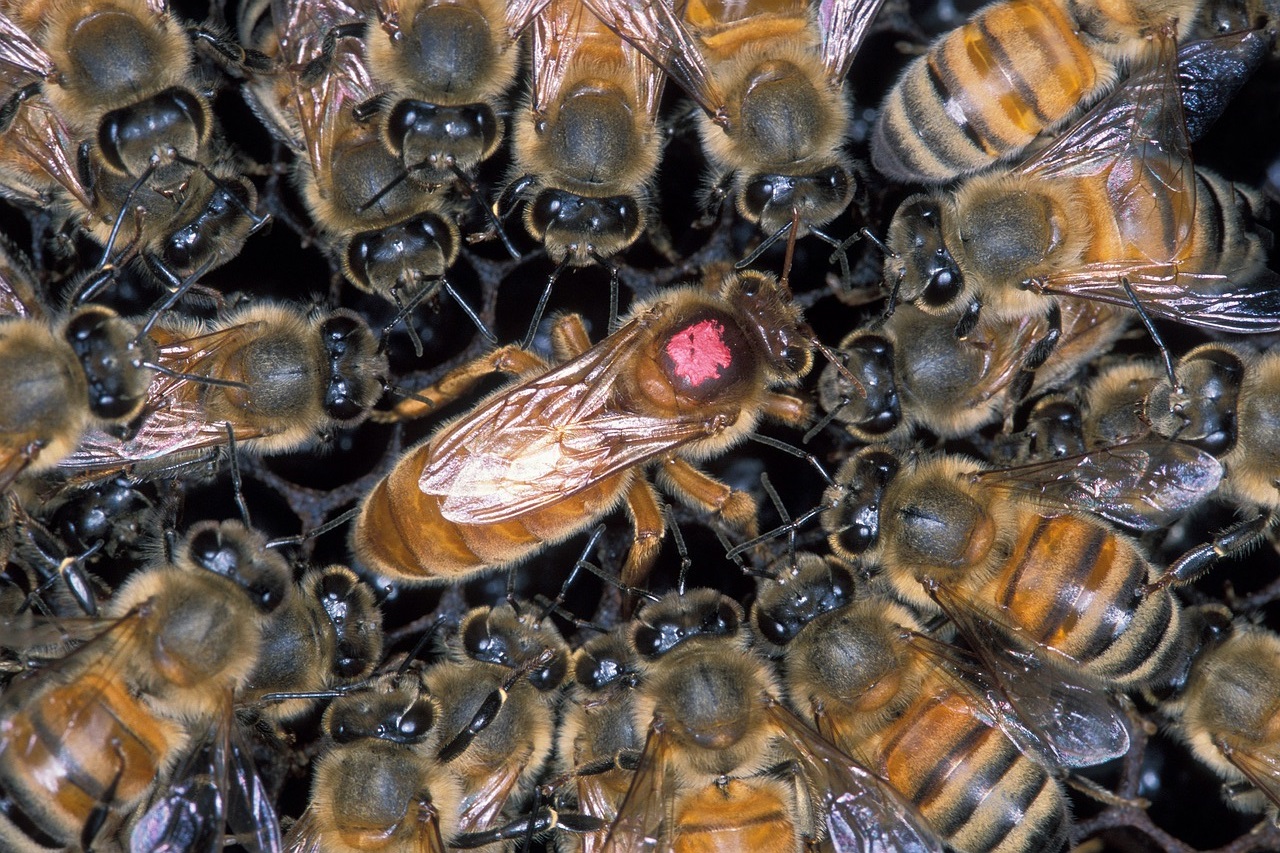Africanized honey bees, informally known as “killer bees,” have finally made their way up to the San Francisco Bay Area, according to various reports.
Until now, the bees had only been observed as far north as Mariposa County.
The San Francisco Chronicle reports that killer bees have been spotted in the city of Lafayette, which is located within Contra Costa County– one of the nine counties composing the Bay Area.
The bees were discovered in Reliez Valley, a subdivision of Lafayette, by researchers from the University of California, San Diego (UCSD). The researchers, who have been tracking the movements of the potentially deadly insects as they traverse the state, found the bees near the southeast side of Briones Regional Park.
While it is true that the killer bees derive their caution-raising name from their aggressive and deadly nature, UC San Diego biology professor Joshua Kohn points out that they are “no more aggressive than your average European honeybee” when they are out foraging on flowers. However, when their hive is disturbed, their level of aggression is elevated.
An Africanized honeybee out foraging on flowers is no more aggressive than your average European honeybee. Nor is the sting of an individual any different (…) It’s only when a hive is disturbed that the level of aggression from Africanized bees is elevated.
As for just how long the Bay Area’s new visitors will stay, Kahn indicated in an interview that he has no means by which to determine whether or not their presence is permanent.
But while they do pose a threat, particularly when their hive is disturbed, they may prove beneficial to the environment as their enhanced resistance to diseases relating to colony collapse disorder might allow them to replace the rapidly dying European variants.
Africanized honeybees are actually hybrids consisting of genetics from both the African bee as well as the European bee.
After having been brought to the west to improve honey production in Brazil, the hybrids managed to escape and began spreading through the Americas. First with South America, then Central America and now the United States.
The presence of killer bees was first detected in California back in 1994.
























